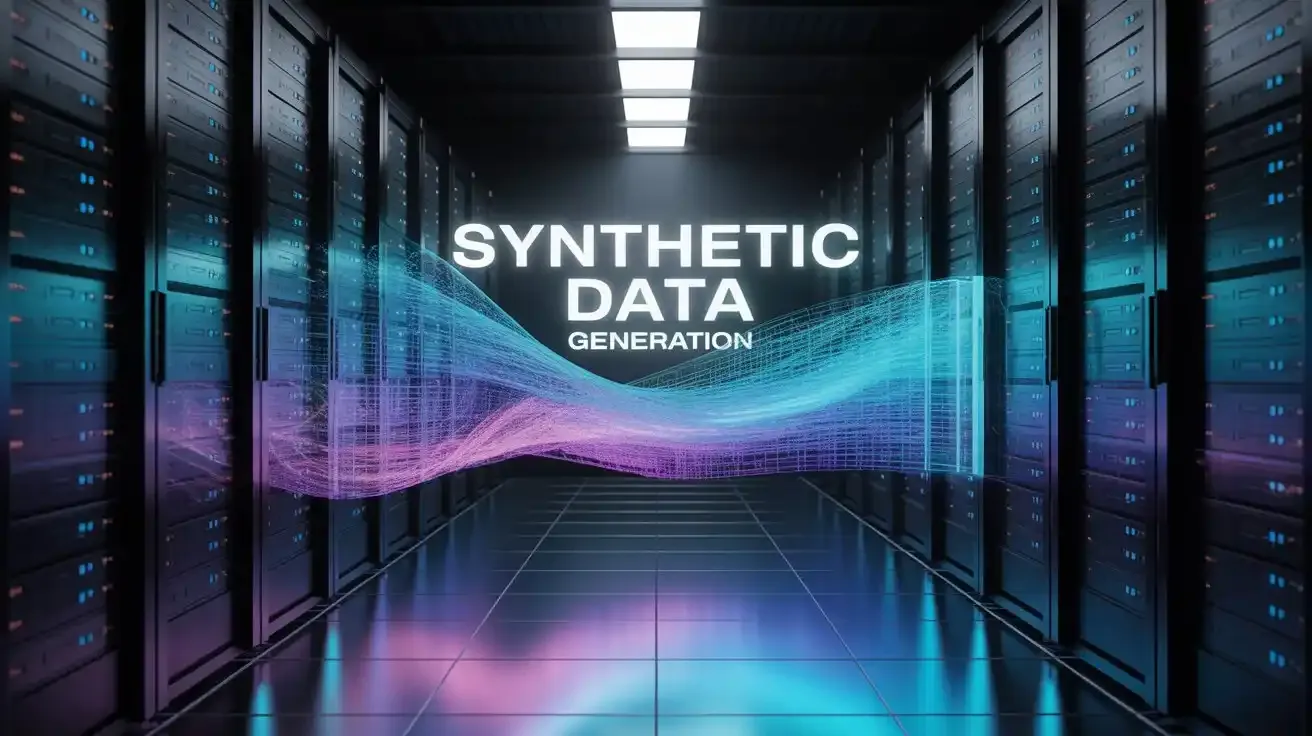
If you're working with machine learning, testing environments, or anything related to data privacy in 2025, there's a good chance you've heard of synthetic data. You may have even started to use it. No longer some futuristic concept, synthetic data is now a very real and practical solution to anyone who needs data to look and behave like the real thing, but with none of the privacy risks.
You could be a researcher, a founder, or an engineer working for one of the tech giants, which is why choosing an appropriate synthetic data gen platform can have a huge effect on how fast, safely, and efficiently you work.
Let’s do a run-down on some of the top synthetic data generation tools generating hype this year. They are all good in their own ways, and you may find one better than the others, depending on what you are trying to accomplish.
K2view
K2view is not only a good platform for synthetic data production but also for comprehensive data operations. Its AI engine entails dynamic subsetting of training data, automatic on-the-fly PII masking, as well as synthetic data production, specific to LLM pipelines.
In the rules-based segment, the standalone solution K2view fast-tracks bulk test data construction. Automated rules, guided by data catalog classifications, along with a user-friendly, no-code interface and full customization options, give the tester total control over the data required to drive everything from functional and edge case testing to performance stress testing.
Ultimately, K2view goes beyond generating synthetic data; it delivers trusted, accurate, and context-aware data, which can easily complement test environments and ML pipelines. Due to this level of prowess, K2view earned the Visionary position on Gartner’s Magic Quadrant for Data Integration during 2024.
Gretel.ai
Gretel.ai found a good niche among developers who want to have more control and flexibility when creating synthetic data. Open-source is what they are all about, and they had a significant expansion of their cloud product this year. With Gretel, you can start with a small set and scale to millions of rows, but you get to keep the logic and the structure of the source data.
What users prefer most about Gretel is how intuitive it is. You can implement their APIs within your pipeline, or give the no-code interface a whirl if speed to market is required. Better yet, it supports all types of data generation, from tabular data to unstructured writing, so you'd find many teams utilizing it to automate their data pipeline and implement customer privacy all at once.
Synthesized
Synthesized is another of the big names that have appeared strong this year. Its forte is the way speed and accuracy are balanced. With it, you can convert haphazard, complex, real-world datasets to synthetic ones with a minimum of minutes to train machine learning algorithms or to simulate test environments.
Do not, however, get speed and sloppiness confused—Synthesized maintains strong relational patterns deep within data, and herein lies the necessity when you deal with business-critical use cases.
Its interface is smooth, but underneath, Synthesized is all about automation. Once you give it your dataset, the tool itself identifies sensitive data, understands relationships, and produces synthetic duplicates that are nonetheless like the original data. And the reward is incredible, even with tricky use cases like fraud detection or risk modeling.
Tonic.ai
Tonic.ai is still the all-in-one solution of choice among big data teams. Data masking, subsetting, and the building of synthetic data are all bundled into this one platform. With all of this, though, if you need to utilize production-like data with safety within non-production environments, you are given the ability to do so with great efficiency.
Tonic.ai is unique due to its precision. You can manage everything on the synthetic data pipeline, ranging from what data is being transformed to table relations. It’s also great for remote or sensitive industry teams, as Tonic comes with compliance tools to ensure GDPR, HIPAA, and others are adhered to.
Choosing the Right Tool for You
The reality is, there isn't one solitary "best" synthetic data solution. It’s what you create, for whom you create, and what level of flexibility you need. You create enterprise-scale ML models and need very realistic data? K2view could be your ideal solution. You do extensive testing and need a quick setup with safe data? Tonic.ai can become your friend. Etc.
At the end of the day, synthetic data in 2025 is all about creativity, not privacy trade-offs. With all these tools bolstering their AI engines, automation strengths, and usability, the decision never seemed so fun. Jump right in, take a look at some, and find out which one brings you data-driven dreams to life.